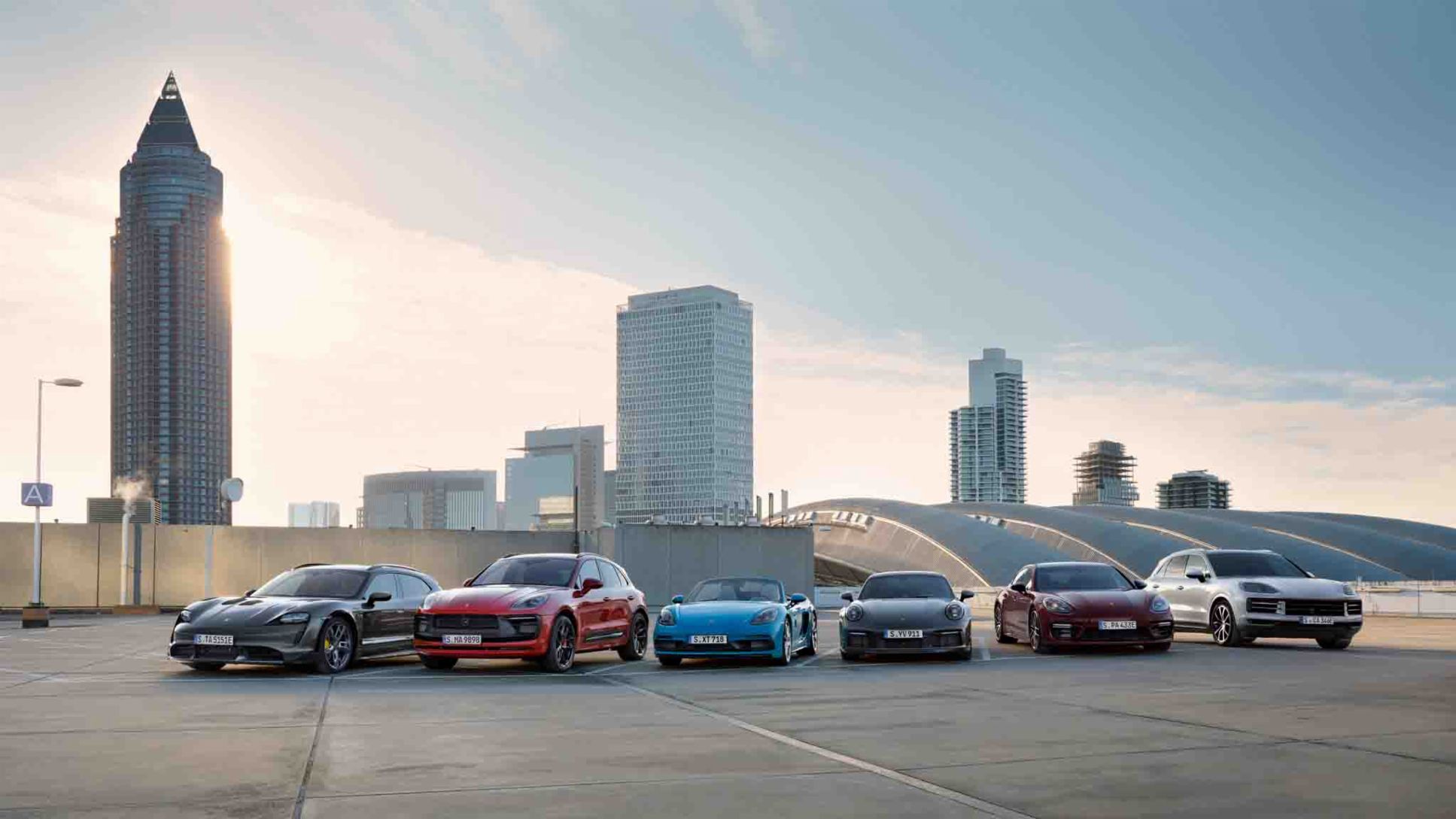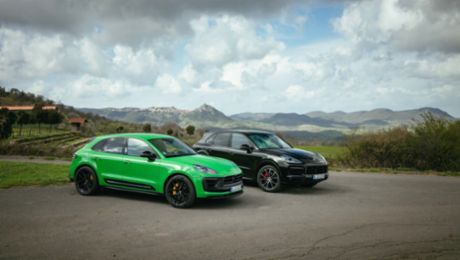“After the first six months of the year, we can be pleased with our delivery results so far,” said Detlev von Platen, Board Member for Sales and Marketing at Porsche AG. “We posted gains in every sales region.”

Europe and Germany post high double-digit growth
With 36,574 delivered vehicles in Europe in the first half-year of 2023, Porsche managed an increase of 23 per cent over the same period last year. Also, in its home market of Germany, significantly more people took delivery of their vehicles than in the same period last year: 17,118 units, representing an increase of 24 per cent. North America posted double-digit gains as well. 41,937 delivered vehicles represent a year-on-year increase of 12 per cent. Despite the still challenging environment in China, Porsche delivered 43,832 vehicles from January through June in this market – an increase of 8 per cent. In the overseas and emerging markets, 27,893 cars were delivered to customers, representing an increase of 16 per cent.
The 911 remains a customer favourite in its anniversary year
SUVs remain among the most popular Porsche models: the Porsche Macan was delivered to 47,755 customers (+26 per cent). The Cayenne was delivered to 46,884 customers (+12 per cent).
The iconic 911, which turns 60 this year, continues to raise the customers’ pulse to race speeds: the 911 was delivered to 26,124 customers worldwide (+21 per cent). In the first half-year, 17,991 customers took delivery of the all-electric Taycan (-5 per cent). The electric sports car continued to be more affected by shortfalls in the availability of parts than other model lines.
The Panamera luxury saloon posted 17,565 deliveries (+13 per cent). The 718 Boxster and 718 Cayman models contributed a further 11,035 deliveries (+13 per cent).
“Value-oriented growth is the top priority for Porsche,” said Detlev von Platen. “To achieve that, we are continuing to focus on flexibility as the global economic situation remains challenging. Especially in China, we are striving for a balance of supply and demand in line with our luxury positioning.”
|
Porsche AG |
January – June | ||
| 2022 | 2023 | Difference | |
| Worldwide | 145,860 | 167,354 | +15% |
| Germany | 13,785 | 17,118 | +24% |
| North America | 37,605 | 41,937 | +12% |
| China | 40,681 | 43,832 | +8% |
| Europe (excluding Germany) | 29,833 | 36,574 | +23% |
| Overseas and Emerging Markets | 23,956 | 27,893 | +16% |
Disclaimer
This press release contains forward-looking statements and information that reflect Dr. Ing. h.c. F. Porsche AG's current views about future events. These statements are subject to many risks, uncertainties, and assumptions. They are based on assumptions relating to the development of the economic, political, and legal environment in individual countries, economic regions, and markets, and in particular for the automotive industry, which we have made on the basis of the information available to us and which we consider to be realistic at the time of publication. If any of these risks and uncertainties materializes or if the assumptions underlying any of the forward-looking statements prove to be incorrect, the actual results may be materially different from those Porsche AG expresses or implies by such statements. Forward-looking statements in this press release are based solely on the circumstances at the date of publication.
We do not update forward-looking statements retrospectively. Such statements are valid on the date of publication and can be superseded.
This information does not constitute an offer to exchange or sell or an offer to exchange or buy any securities.





